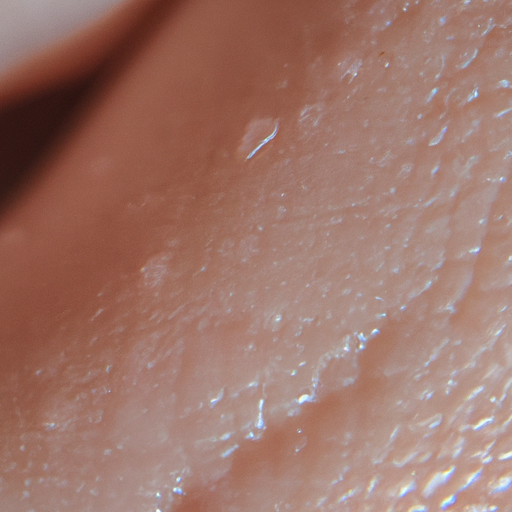As a medical professional, I often encounter patients who are struggling with oily skin. This condition, while not life-threatening, can be a source of discomfort and embarrassment for many people. It can lead to acne breakouts, a shiny complexion, and even contribute to premature aging. However, with the right approach, you can manage oily skin and achieve a healthier, more balanced complexion. Here is your ultimate guide to tackling oily skin.
Firstly, it’s important to understand why our skin becomes oily. The sebaceous glands in our skin produce sebum, a natural oil that helps protect and hydrate the skin. However, when these glands overproduce sebum, it can lead to oily skin. Factors such as genetics, hormonal changes, stress, and environmental conditions can all contribute to increased sebum production.
Now that we understand the cause, let’s delve into the solutions. The first step in managing oily skin is to adopt a suitable skincare routine. Contrary to popular belief, stripping your skin of its natural oils with harsh cleansers will not solve the problem. In fact, it can exacerbate it by causing your skin to produce even more oil to compensate for the loss. Instead, opt for a gentle, water-soluble cleanser that removes dirt and excess oil without drying out your skin.
Exfoliation is another crucial step in your skincare routine. Regular exfoliation helps remove dead skin cells that can clog pores and lead to increased oil production. However, be careful not to overdo it. Over-exfoliation can irritate your skin and trigger more oil production. Aim to exfoliate once or twice a week with a product containing salicylic acid or alpha-hydroxy acids, which are known for their oil-controlling properties.
Moisturizing is often overlooked by those with oily skin due to the misconception that their skin is already too hydrated. However, even oily skin needs moisture. Dehydrated skin can actually produce more oil to compensate for the lack of moisture. Look for a lightweight, oil-free moisturizer that hydrates your skin without adding extra shine.
In addition to your daily skincare routine, there are other lifestyle changes that can help manage oily skin. A healthy diet plays a significant role in your skin’s health. Foods high in sugar and unhealthy fats can stimulate oil production, so try to limit your intake of these foods. Instead, opt for a balanced diet rich in fruits, vegetables, lean proteins, and whole grains.
Stress management is another important factor. High stress levels can stimulate the production of cortisol, a hormone that can lead to increased oil production. Regular physical activity, adequate sleep, and relaxation techniques such as meditation or yoga can help manage stress levels and, in turn, control oil production.
Lastly, don’t forget to protect your skin from the sun. Sun exposure can trigger oil production and lead to other skin problems. Always apply a broad-spectrum sunscreen with an SPF of at least 30 before going outdoors.
In conclusion, while oily skin can be a challenge to manage, it’s not impossible. With the right skincare routine and lifestyle changes, you can control excess oil and achieve a healthier, more balanced complexion. Remember, everyone’s skin is different, so what works for one person may not work for another. It may take some trial and error to find the right products and routine for your skin. If you’re struggling with oily skin and aren’t seeing improvement with over-the-counter products, consider consulting a dermatologist for professional advice.



